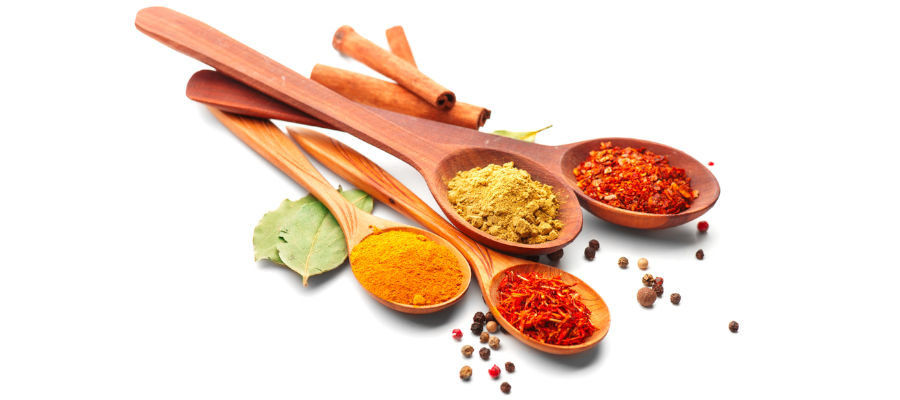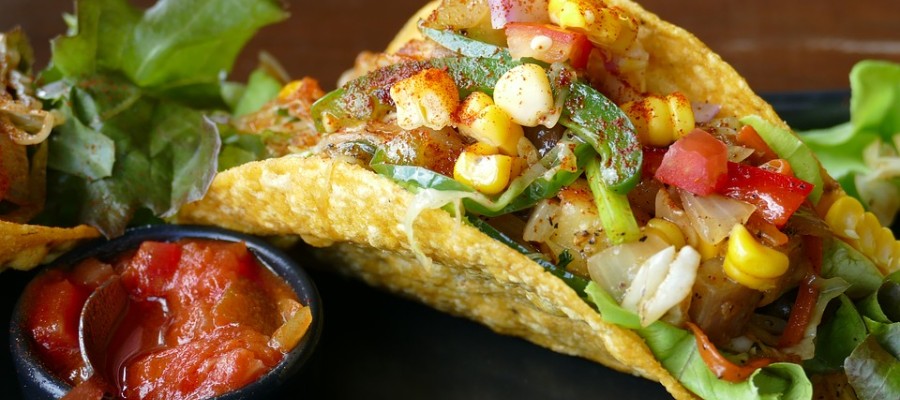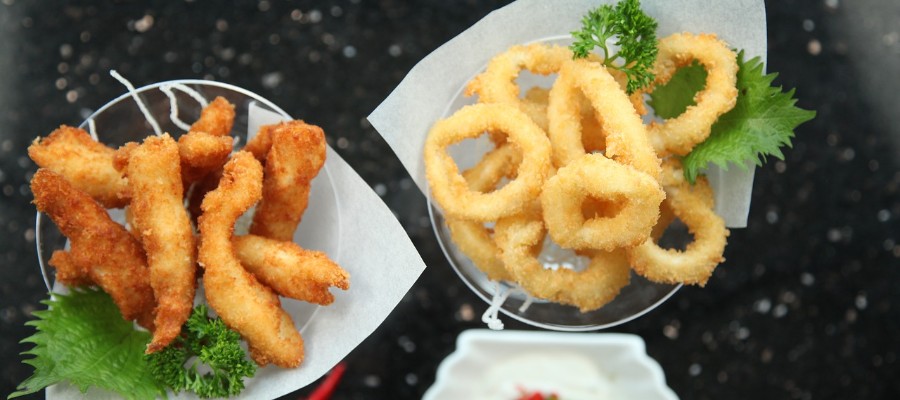I suppose the chef's in love. Too much salt in the soup was yesterday! Spices are versatile. In times of globalization, the market offers a wide range of spices and herbs, but which ones are domestic and which ones have originally traveled a long way to end up on our shelves? Culinary treasures such as pepper or saffron, for example, were brought to Europe via the famous Silk Road and are among the most expensive spices in the world. The e-book „Gewürze - Der große Gewürz-Guide“ tells you how dishes can be optimally refined and herbs stored correctly. Because good cuisine is much more than just following recipes - the secret lies in the seasoning. This guide immerses you in a world full of flavors and on an international journey you get to know the spices of the different countries: A pinch from 1001 nights or your own garden - each spice has its own history and special features.

The spice lies in the brevity: 92 pages provide insightful knowledge about the dos and don'ts in seasoning and address questions such as what typically characterizes a spice from India and who are the superlatives among flavors? How do you manage your own cultivation in the bed or on the windowsill? Expert contributions by Manfred Zimmer, alias Herr Grün, or Andrea Rolshausen, leave no questions unanswered and provide helpful tips and tricks for your own pot or garden. Just like in life, you never stop learning in the kitchen: Whether it's a little spice introduction from A like anise to Z like lemon balm or the geography of the taste buds, the big spice guide is fun to browse and try out. Does the neck scratch or does the back hurt? You can save yourself the trip to the nearest pharmacy if your spice rack at home mutates into a medicine cabinet: Natural medicine made from ginger or sage alleviates discomfort. A look beyond the rim of your plate lets the taste buds blossom: Recipes from China, Morocco, France, India, and Mexico are ideal for cooking and getting to know each other. The salt can stay where the pepper grows: an excursion into chili, caraway, and pepper ensures that the breakfast egg gets a new puppy.
Sample: Travelling with Mr. Green
Where the pepper grows - but where exactly is it?
Not all peppers are the same. It is the most popular spice worldwide and has been used for more than 4000 years. The genus is named after the long pepper, the so-called Pippali, from which the word pepper developed. It was the first pepper to reach Europe via the Silk Road and has a slightly sweet, chocolaty note. The "real" pepper (piper nigrum) you know comes in various forms: the mild, unripe green pepper, the typical black pepper, and the white pepper. The home of the real pepper is the Malabar Coast in India. Today, besides India, Vietnam, Indonesia, Brazil, and Malaysia are also among the major cultivating countries. Cambodia also has a long pepper tradition. From here comes the Kampot pepper, which is available in black, white, and red and is characterized by very high quality. The Rolls Royce is the fermented fighting pepper. But there are also "fake" peppers that do not come from the Piper family: Cayenne pepper is not, as the name suggests, a pepper, but it is a chili variety, which is almost exclusively offered ground in the trade. Szechuan pepper is native to China and is characteristic of Asian cuisine. It tickles the tongue and tastes like lemon, which is not surprising when you know that it belongs botanically to the citrus fruits.
Click here for the e-book
If you are now curious, you can download the free guide here as an e-book and let yourself be carried away into the world of spices. Exclusively included: a DIY guide for a herbal spiral to build yourself. The snail-shaped bed is a real eye-catcher in the garden or on the terrace and is perfect for growing many different herbs. Also available as a special: a poster of local spices and herbs to print out.



